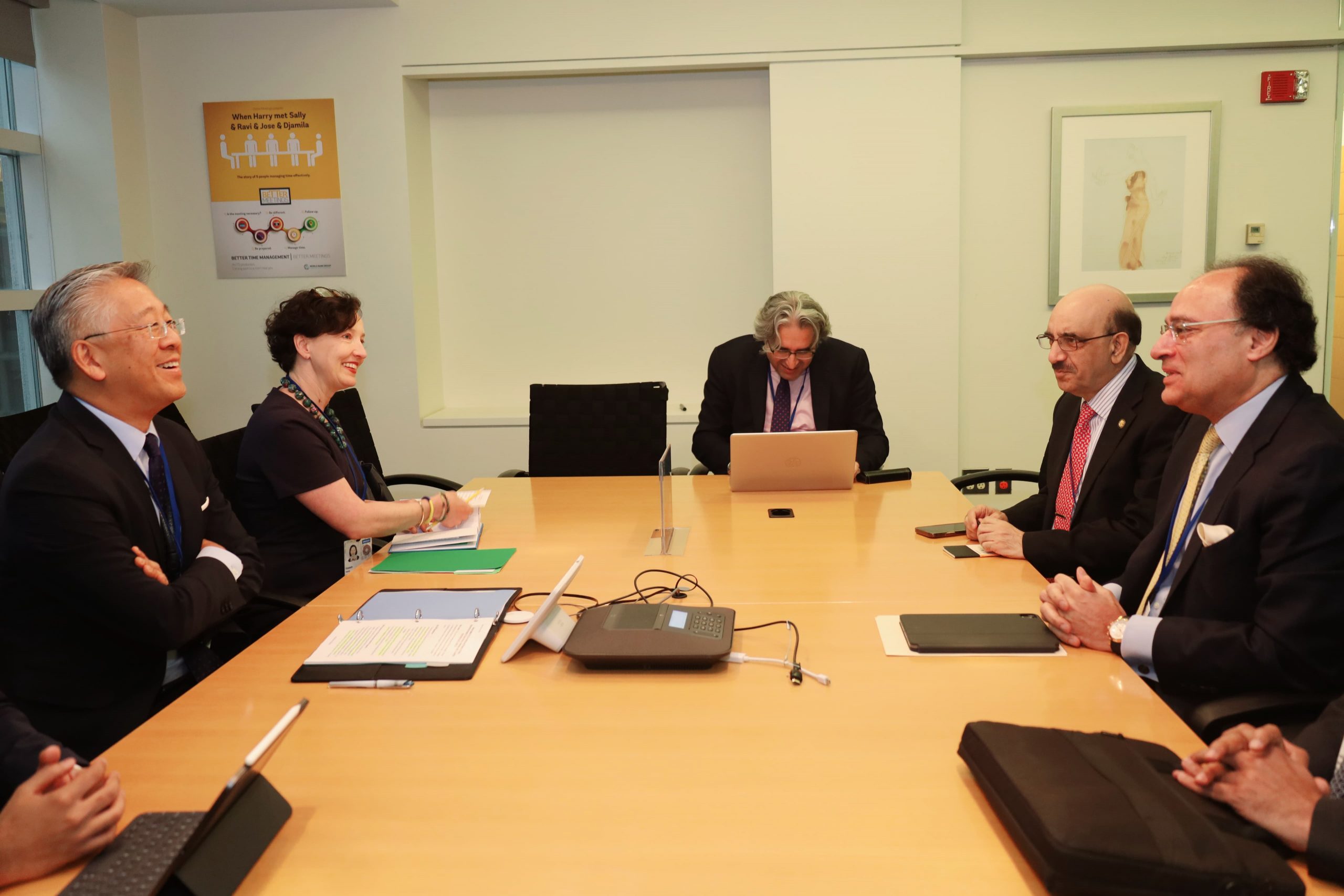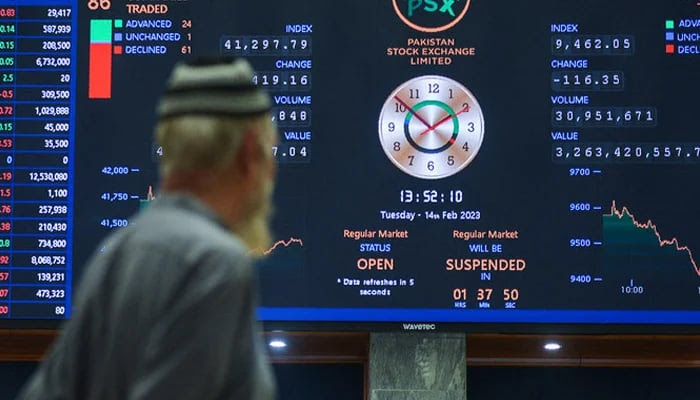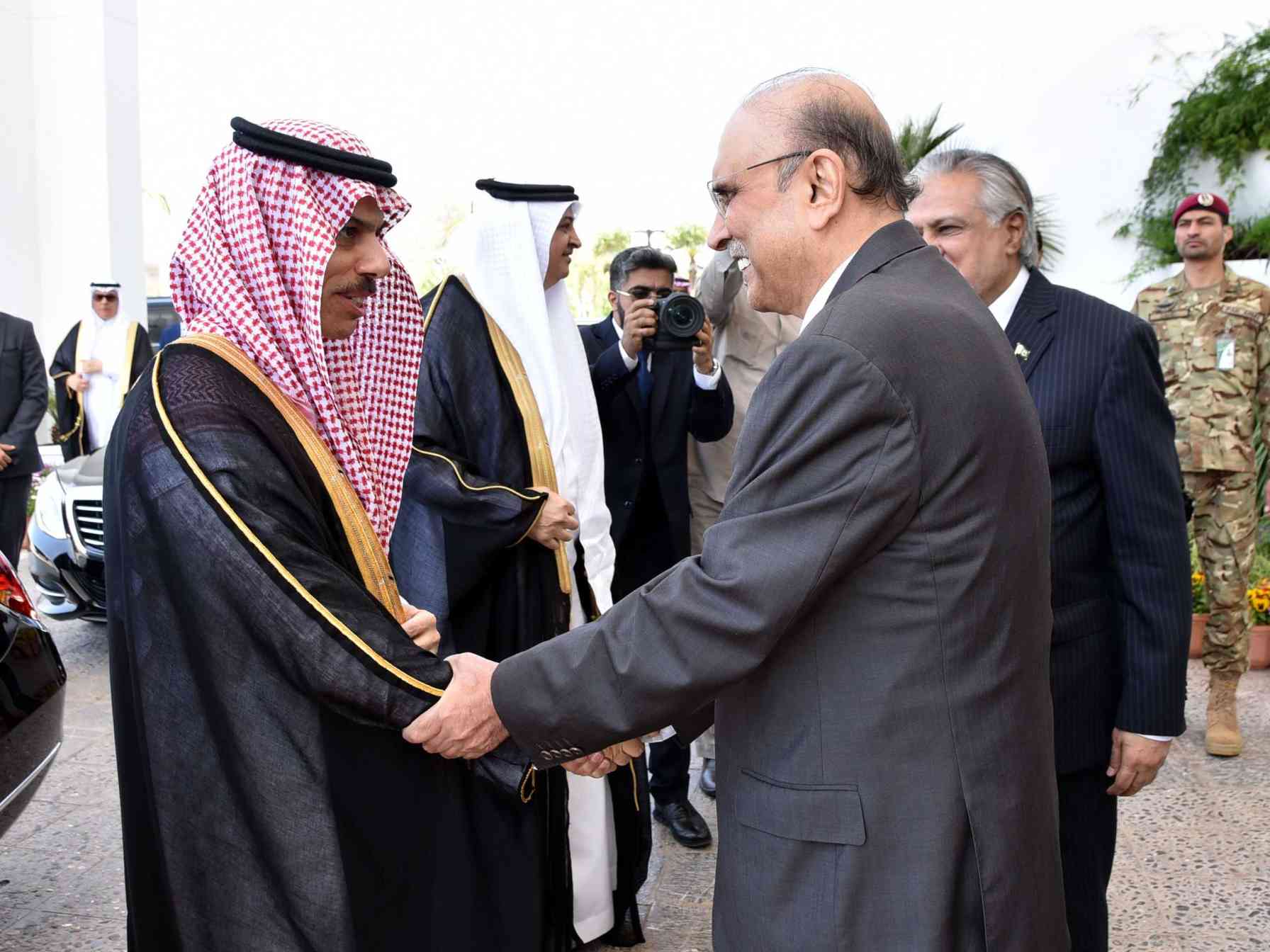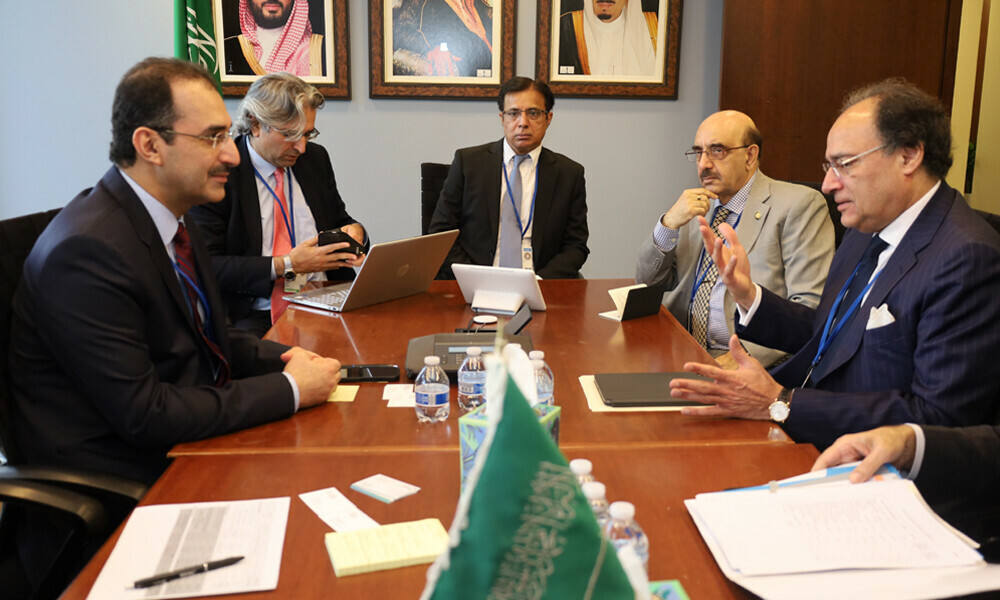November 23, 2021 (MLN): In an attempt to arrest the brewing inflation, and correct the widening current account deficit which has created huge pressure on the Pakistani rupee (PKR) amid higher import bill, the Monetary Policy Committee (MPC) of the central bank in its recent meeting held on Friday, November 19, 2021, jacked up the policy rate by a further 150 bps to 8.75 percent.
The outcome of the meeting was in line with the market expectations where a reasonable number of individuals believed that the monetary policy committee of SBP will go for an aggressive hike of above 100 bps.
Market participants were somehow ready for this hawkish move. Recently, SBP has increased Cash Reserve Requirement (CRR) Ratio by 100bps to 6%. While the daily minimum CRR has also been increased to 4% from 3% which will slash the lending capacity of the banks and contain aggregate money supply growth. It was a clear signal that the central bank will be using a mix of its quantitative tools to address the growing concerns on money supply, inflation, and other macroeconomic indicators.
While the SBP’s call for the MPC meeting to be held a week earlier was also a hint that the central bank to take strong policy action.
According to the Monetary Policy Statement (MPS), “Central banks throughout the world have joined back their previous course of monetary tightening on the back of Covid-induced disruptions to supply chains, higher energy prices which are proving to be larger and longer-lasting than previously anticipated.”
Inflationary pressure:
SBP also started begun tightening since its September MPC meeting in order to keep inflation expectations anchored as high import prices have contributed to higher-than-expected CPI, SPI, and core inflation outturns in recent months, it said.
Inflationary pressures have increased considerably since the last MPC meeting, with headline inflation rising from 8.4 percent (y/y) in August to 9 percent in September and further to 9.2 percent in October, mainly driven by higher energy costs and a rise in core inflation.
The momentum of inflation has also picked up significantly, with average m/m inflation in the last two months at an elevated 2 percent and all subcomponents of the CPI basket showing an acceleration.
The State Bank of Pakistan (SBP) has also taken the right steps by starting to reverse the accommodative monetary policy stance, strengthening some macroprudential measures to contain consumer credit growth, and providing forward guidance.
Current Account Deficit:
The current account deficit, a major driving factor behind the MPC, has crossed the $5.0bn mark during 4MFY22 to stand at $1.66bn in Oct’21 owing to higher global commodity prices. The direct impact of deteriorating current account balance has, the burden has to be borne by the domestic currency.
MPC considers it important to achieve the fiscal consolidation plan in the budget to help restrain domestic demand. A higher-than-planned primary fiscal deficit would likely worsen the outlook for inflation and the current account and would undermine the durability of the recovery.
To note, the overall fiscal deficit improved to 0.8 percent of GDP in 4MFY22 from 1 percent in the same period last year. This was driven by the above-target growth in FBR tax revenues (38.3 percent (y/y)) despite higher refunds and a significant reduction in the sales tax rate on POL.
Banking Sector:
No doubt banking sector is in the sweet spot amid increasing policy rate as the sector will enjoy better Net Interest Margin (NIMs) in the long run, while in the short-term, NIMs will witness a contraction due to immediate repricing of deposit cost, while both investments and loans book both get repriced later.
Moreover, the adjustment in the policy rate will end the prevailing uncertainty around inflation figures, which are expected to remain in double digits due to high commodity prices, currency devaluation and expected increase in electricity and gas tariffs, Syed Noman Ahmed, Head of Research at Insight Securities said.
On the flip side, cyclical and highly leveraged stocks will face the brunt which would negatively impact construction activity and demand for automobiles. While cash-rich companies will enjoy better returns on their cash and cash equivalents, he added.
Equity market:
On the equity front, the hawkish stance of SBP to increase the policy rate by 150bps somehow dampened the market sentiments as the trading floor witnessed massive profit-taking throughout the trading session yesterday, plunging the benchmark KSE-100 index by 744.41 points.
Even the most awaited news of the IMF program could not help to lift the market from despair. Market participants are waiting for the board's approval.
Domestic currency:
On the other hand, the interbank market responded in favor and the domestic unit reflected a slight advantage, appreciating by 47 paisa against the greenback. However, Asad Rizvi, the former Treasury Head at Chase Manhattan, said, “Though 150bp Policy Rate Hike gives PKR interest rate differential edge. But this may not be enough to calm market sentiment as the hike is not due to a booming economy.”
According to Ali Khizar, an Economist foresee another rate hike of 75-100 bps in December while the inflation is likely to remain in double digits.
”Secondary market yields have increased by around 100-120bps vs Friday 6m Kibor is up from 9.16% to 10.03%,” he noted.
EFF revival by IMF:
Pakistan and International Monetary Fund (IMF) authorities have reached a staff-level agreement on policies and reforms which is needed to complete the sixth review under the Extended Fund Facility (EFF). The agreement is subject to approval by the Executive Board, following the implementation of prior actions which included SBP’s autonomy bill, hike in utility rates.
Completion of the review would make available SDR750mn (about US$1.06bn), bringing total disbursements under the EFF to about US$3.03bn and helping unlock significant funding from bilateral and multilateral partners.
“The monetary policy needs to remain focused on curbing inflation, preserving exchange rate flexibility, and strengthening international reserves,” IMF said in a press statement.
As economic stability becomes entrenched and the independence of the SBP is strengthened with the approval of the SBP Act Amendments, the central bank should gradually advance the preparatory work to formally adopt an inflation targeting (IT) regime in the medium term, underpinned by a forward-looking and interest-rate-focused operational framework, it added.
Right after the MPC meeting, SBP issued a new calendar for policy announcement wherein it has decided to increase the frequency of monetary policy reviews from six (6) to eight (8) times a year.
This is in continuation of efforts to make the process of monetary policy formulation more predictable and transparent in line with international best practices.
This action will help to enhance the predictability of monetary policy actions.
According to Wajid Rizvi, Head of Strategy and Economy at JS Global said, the move will likely enable the center to overcome any preponement or emergency announcements to be able to address any grave and noticeable uncertainty in the future.
It is pertinent to note that the next MPC meeting is in the next 25 days of the recent announcement i.e. December 14, 2021, which puts Pakistan in a suitable position to be able to make more adjustments till the expected IMF Board meeting after the staff-level agreement.
To recall, SBP decided to cut the interest rate by 75 basis points to 12.50 % on March 18, 2020, the first-rate cut after four years i.e., since May 2016, to support the country's fragile economy in the wake of Covid-19.
Copyright Mettis Link News
29223







